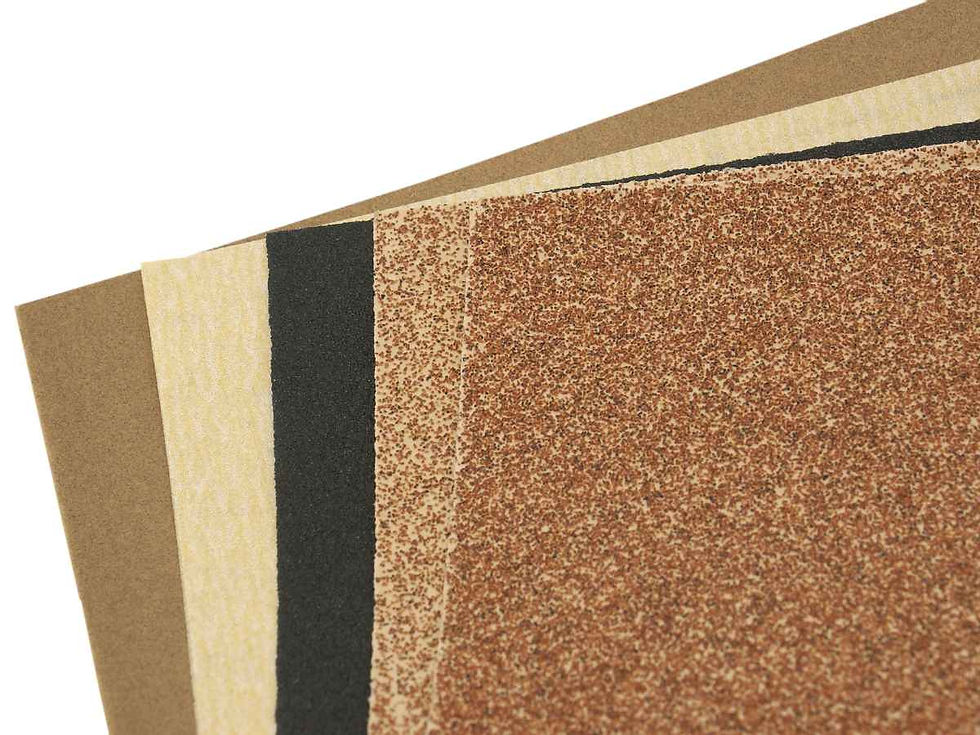At MeeTime.UK, we pride ourselves on providing high-quality information to help our readers. In this article, we will explore the difference between grits and sandpaper, including their uses, sizes, and materials.

The Difference Between Grits & Sandpaper
Grits and sandpaper are both abrasive materials used for sanding and smoothing surfaces. However, they are used for different purposes. Grits are primarily used in woodworking and metalworking to remove material and shape surfaces. They’re available in a range of sizes, from coarse to fine, with lower numbers indicating coarser grits. Sandpaper, on the other hand, is used primarily for finishing surfaces and removing small imperfections. Sandpaper is available in a range of sizes, from fine to ultrafine, with higher numbers indicating finer grits.
Sizes of Grits and Sandpaper
The size of a grit or sandpaper refers to the number of abrasive particles per square inch of the material. The higher the number, the finer the grit or sandpaper. Grits are available in a range of sizes, typically starting at 40 grit and going up to 600 grit. Sandpaper is available in a similar range of sizes, typically starting at 120 grit and going up to 2000 grit or higher.
Materials Used in Grits and Sandpaper
Grits and sandpaper are made from a variety of materials, including silicon carbide, aluminium oxide, and ceramic. Silicon carbide grits are ideal for sanding hard materials like metal and glass, while aluminium oxide grits are best for sanding soft materials like wood and plastic. Ceramic grits are the most durable and long-lasting, making them ideal for heavy-duty sanding applications.
Choosing the Right Grit or Sandpaper
Choosing the right grit or sandpaper for a particular application is crucial for achieving the desired results. There are many different grits available ranging from 60 to 7,000. The most common include 60-80 grit (coarse), 100-150 grit (medium), 180-220 grit (fine) and 320 grit (ultra-fine). There are also different types of sandpaper, such as ceramic alumina, silicon carbide and aluminium oxide.
Coarser grits are best for removing material and shaping surfaces, while finer grits are best for finishing and smoothing surfaces. It is also important to choose the right material for the job, based on the hardness of the surface being sanded and the desired finish.
Here are some examples of the different types of grits and what they can be used for:
220 grit sandpaper - sand a surface in between paint coats.
400 grit sandpaper - very fine, generally only used for final sanding of finishes or wood
2000 grit sandpaper - sandpaper above 400 grit mark is only used to lightly clean up or polish surfaces with scratches or streak marks
20 grit sandpaper - ultra coarse, mostly only used in industrial sanding projects. Good for first step in removing old paint, varnish, or sanding old floors
So, grits and sandpaper are both essential tools for sanding and smoothing surfaces in woodworking, metalworking and other applications. Understanding the differences between grits and sandpaper, including their uses, sizes and materials, is crucial for achieving the desired results. Using this comprehensive guide, you should be able to choose the right grit or sandpaper for your particular application and best results.
For more specific information about woodworking, check out our article here…
Related Articles:
Helpful Resources:
Commenti